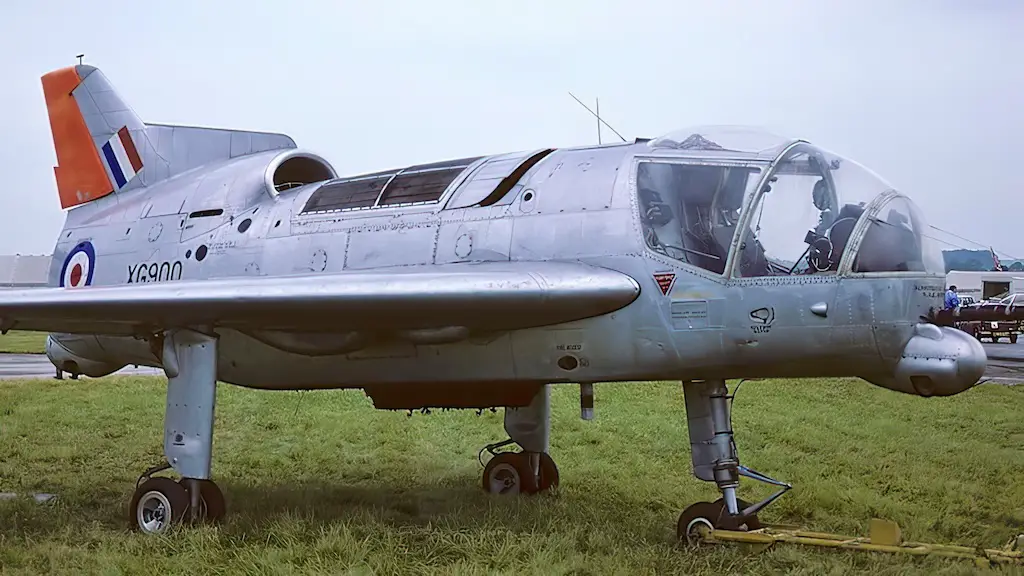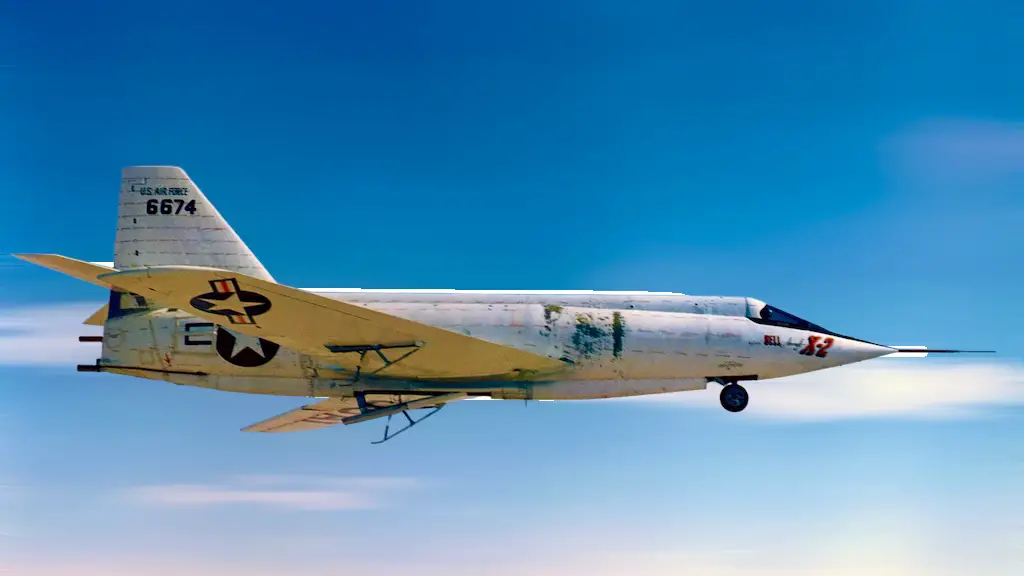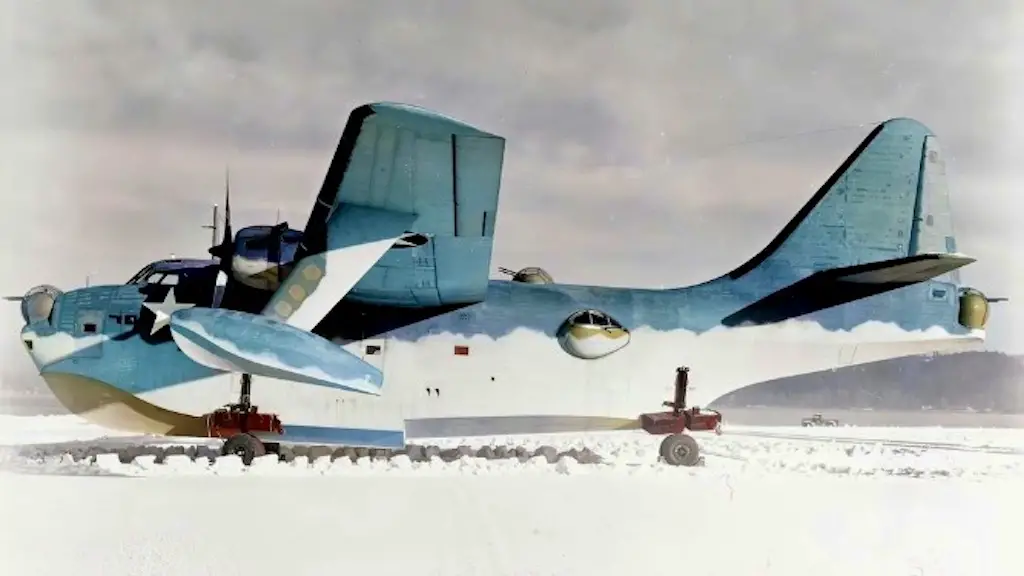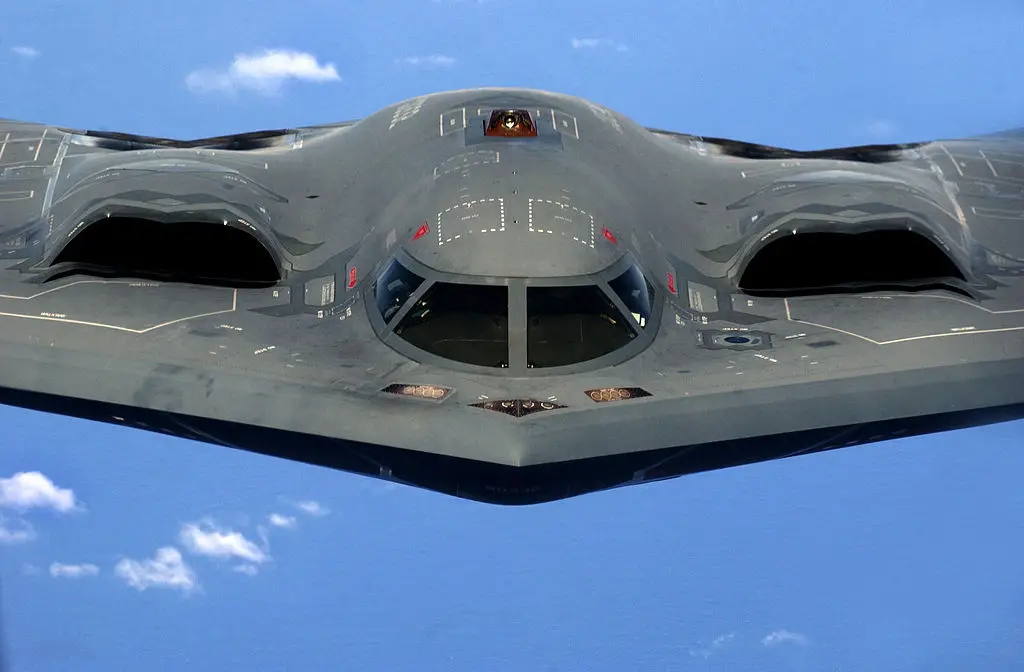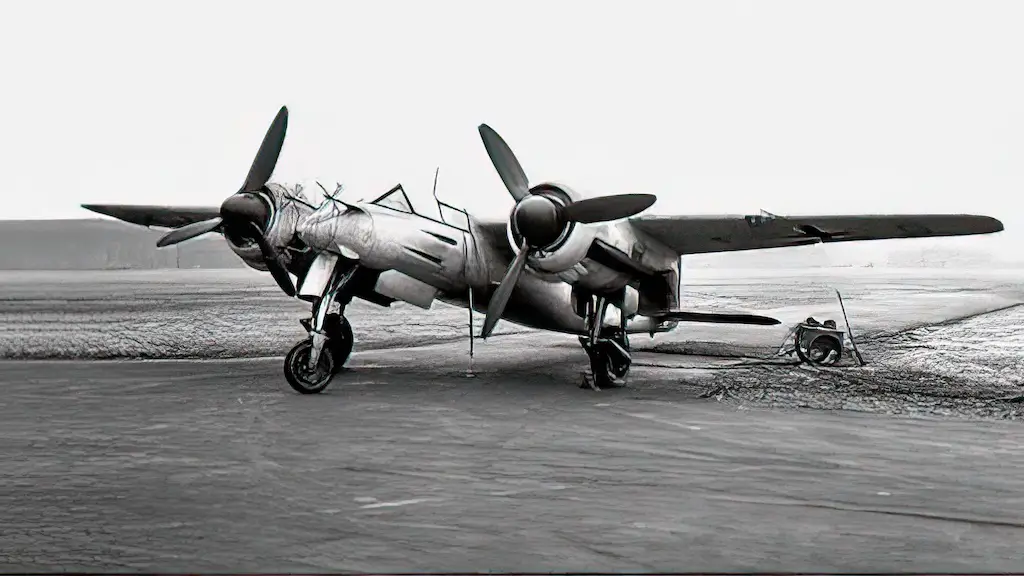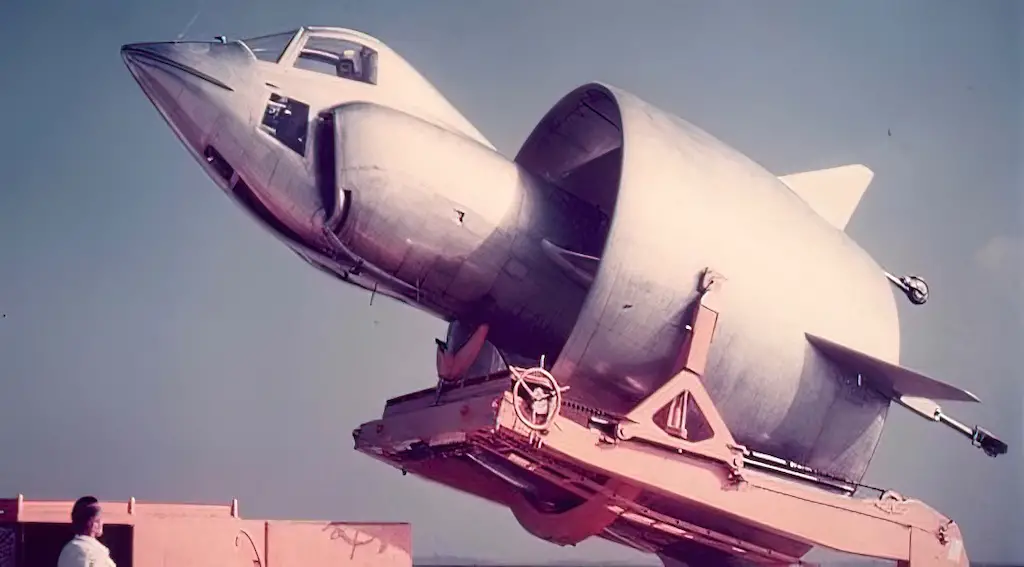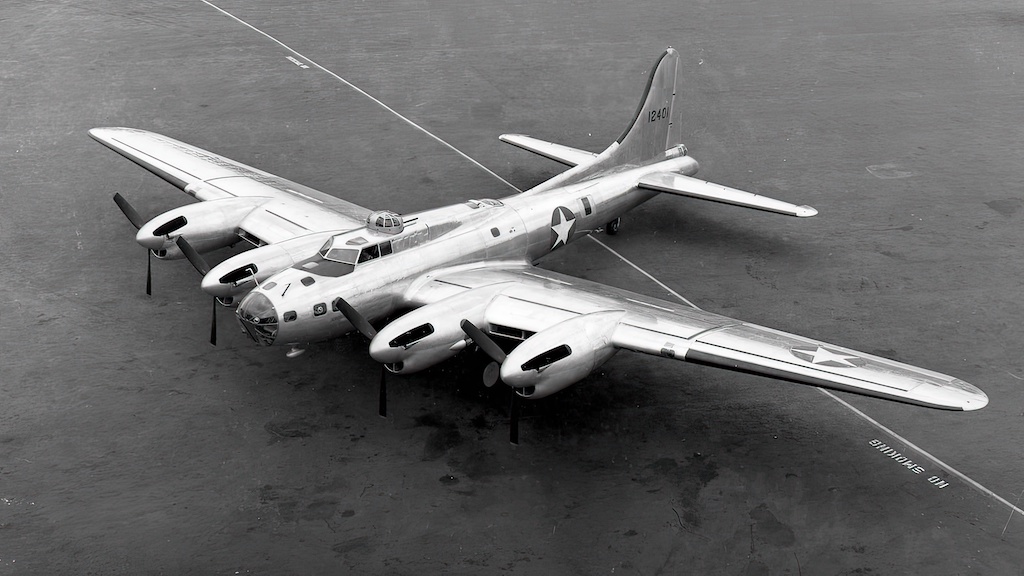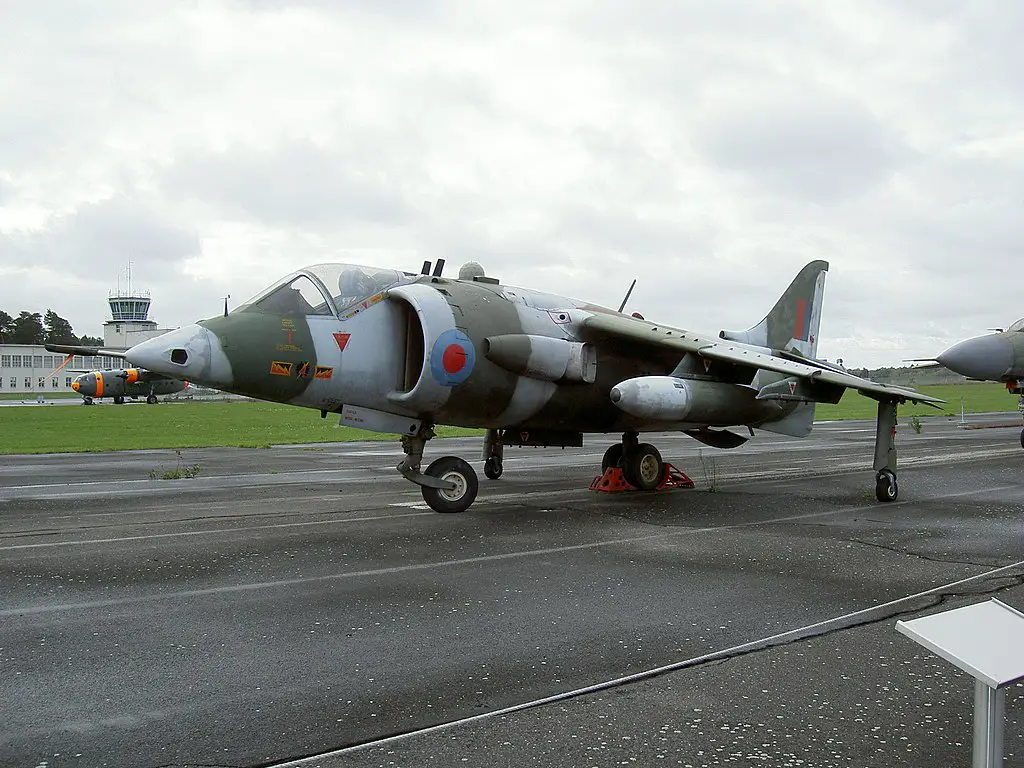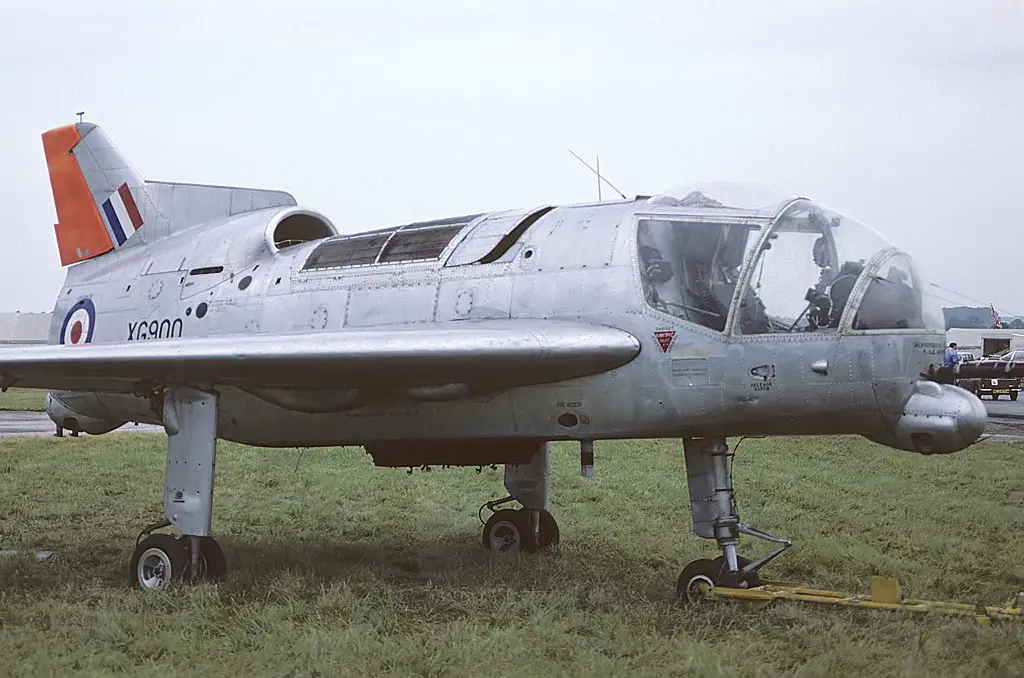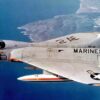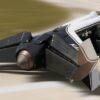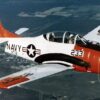Rome was not built in a day. The Harrier jump jet, which is the most successful and prolific family of vertical takeoff and landing (VTOL) combat jets to date, required years of preliminary research and prototype testing. The Short SC.1 built by Short Brothers company in 1957 was Britain’s first fixed-wing VTOL jet plane and one of the most important milestones on this journey.
Four lifting, one pushing
A small SC.1 was powered by whopping five 2,000-lb Rolls-Royce RB.108 motors designed specifically for use in VTOL aircraft. The cruise engine installed in the aft of the airframe provided thrust for horizontal flight. Another four RB.108 turbojets mounted vertically in pairs in the center fuselage served as lift engines.
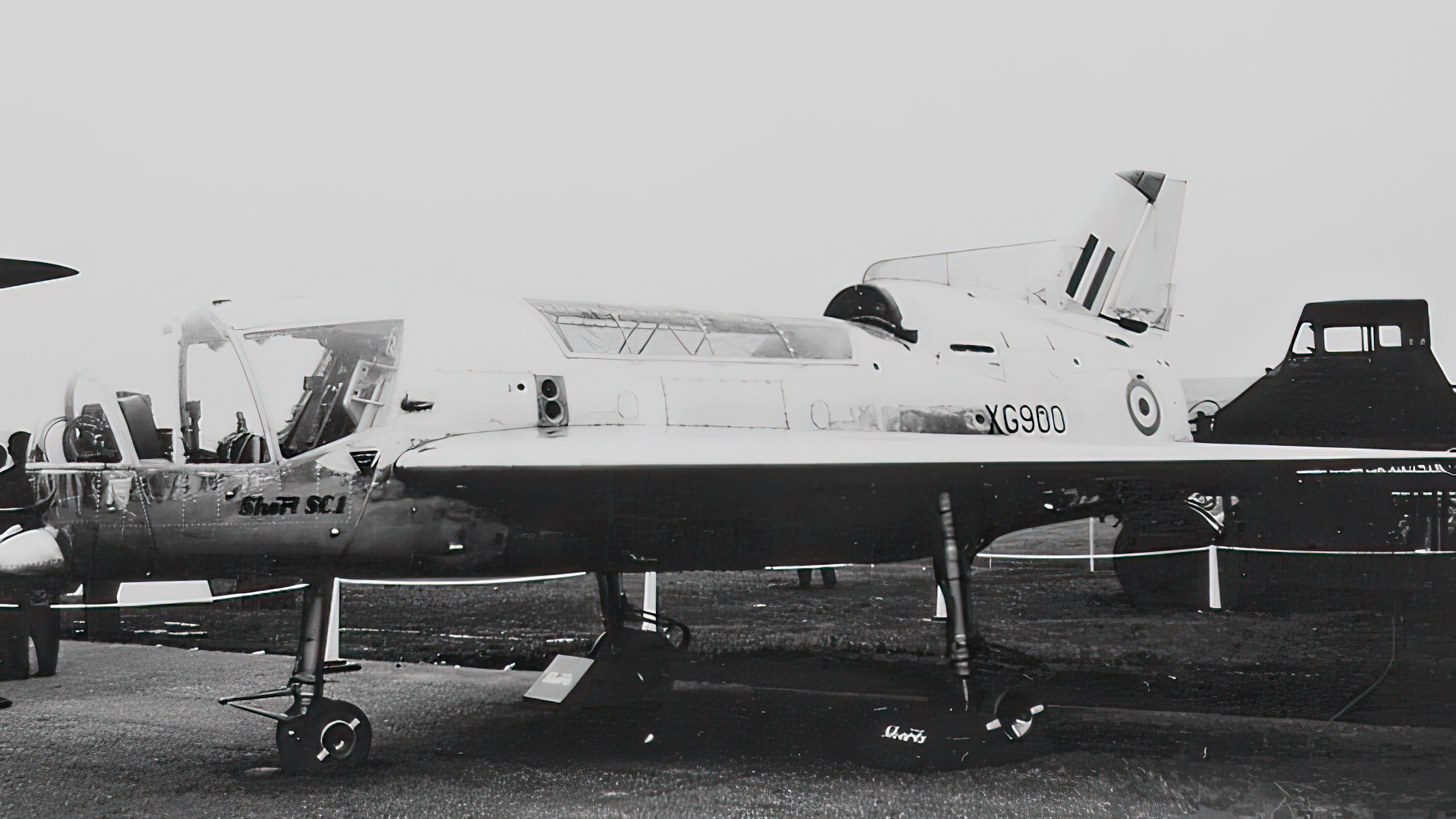
They could be tilted fore and aft through 35 degrees to assist the transition from vertical to horizontal flight. Once the aircraft transitioned to horizontal flight, the vertical engines were shut down and had to be restarted before a vertical landing.
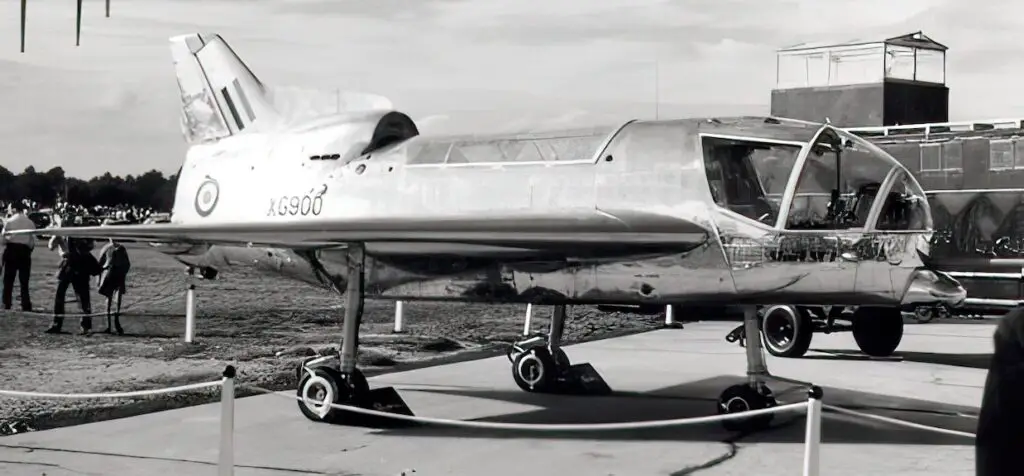
Securing the control
In conventional flight the pilot controlled the SC.1 using the aircraft’s control surfaces. For the control of its attitude during hovering and transition the SC.1 utilized “puffer” air-jet nozzles making use of the bleed air from four lift engines. Installed in the nose, tail, and wingtips, these devices provided pitch, roll and yaw control at low speeds, when the control surfaces would be useless. The SC.1 was also fitted with an innovative fly-by-wire system electrically operating both the control surfaces and air-jet nozzles. This system also featured an auto-stabilizer making necessary adjustments to maintain a stable attitude.
A decade-long career
The SC.1 made its first conventional flight in April 1957, first tethered vertical flight in October 1958, and first transition from vertical to horizontal flight in April 1960. It also made appearances at the Farnborough air show, and in 1961 the SC.1 flew over the English Channel and back to take part in the Paris air show.
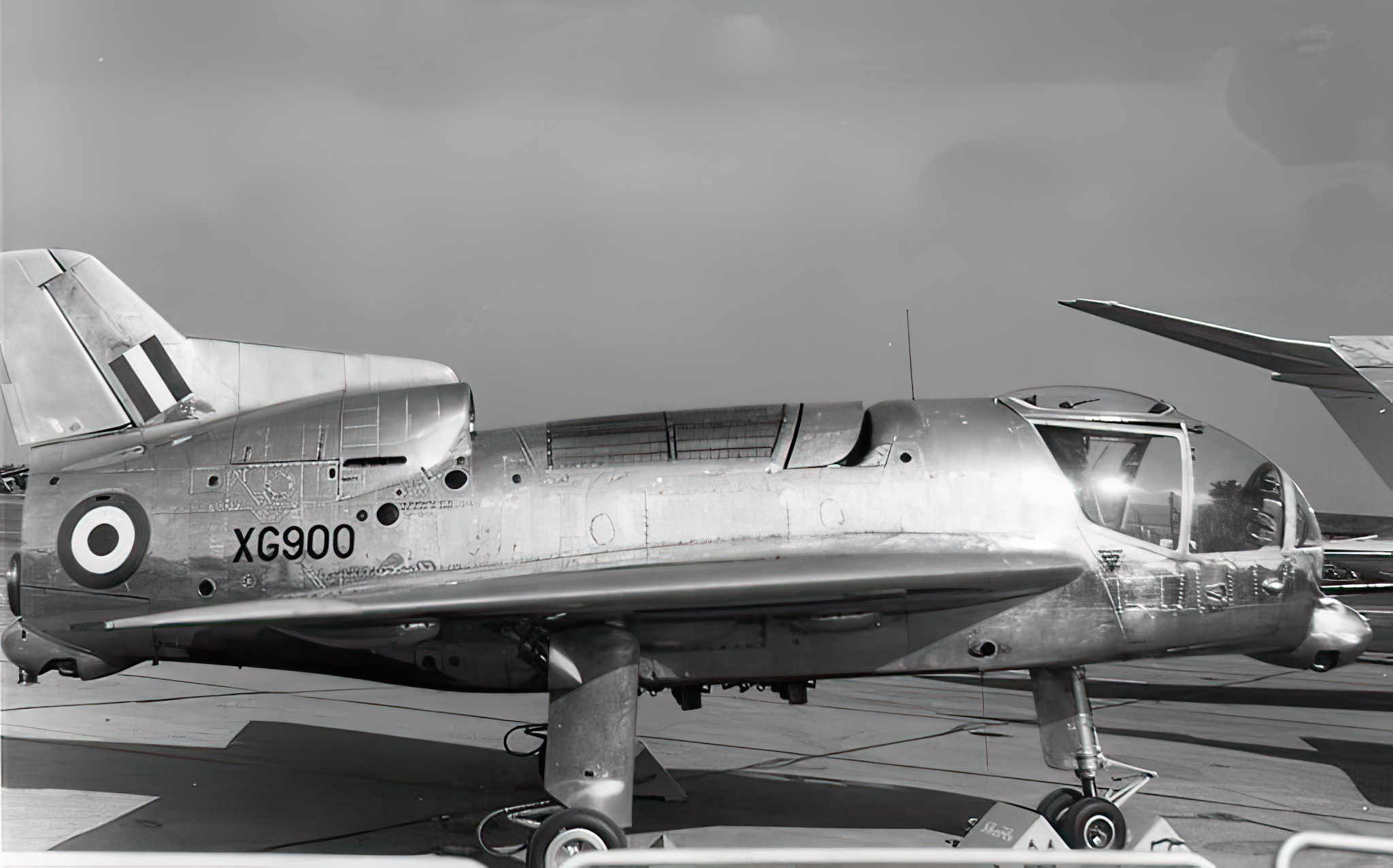
In October 1963, the second of two prototypes crashed due to an auto-stabilizer malfunction, killing its pilot. It was later rebuilt and went on flying for several more years. The SC.1 testing program came to a close in 1971. Luckily, both prototypes escaped the scrapyard and can be viewed at the Science Museum in London and at the Ulster Folk and Transport Museum outside Belfast.
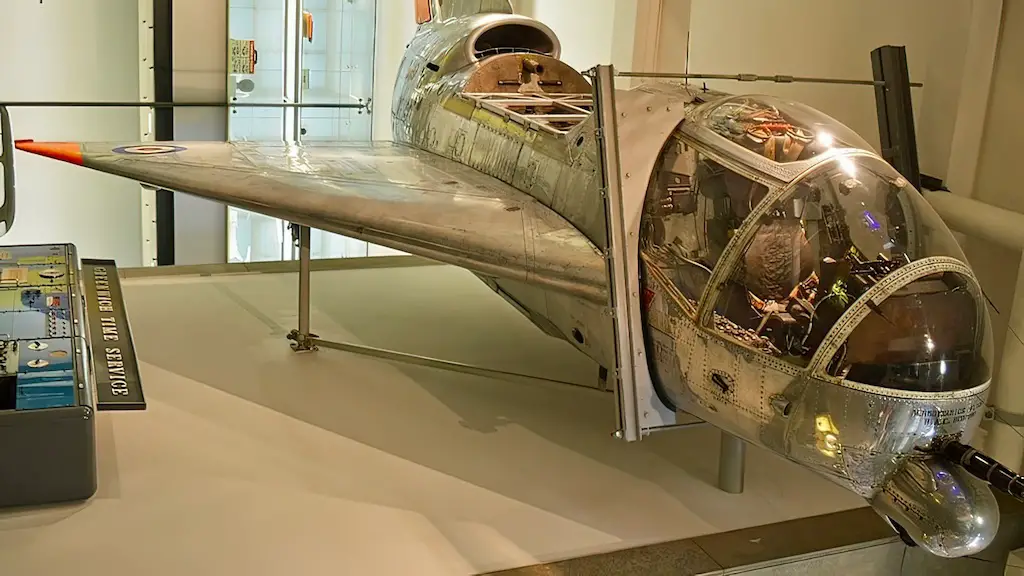
The SC.1 contributed to the development of Harrier jump jets, the forerunner of which, Hawker Siddeley P.1127, first flew in 1960. In particular, designers of the P.1127 embraced the use of “puffer” control air-jets. They found a more practical solution than the SC.1’s arrangement of separate vertical lift engines, though. The P.1127 utilized the vectored thrust concept, featuring a single engine with rotating jet nozzles for both vertical and horizontal flight.

